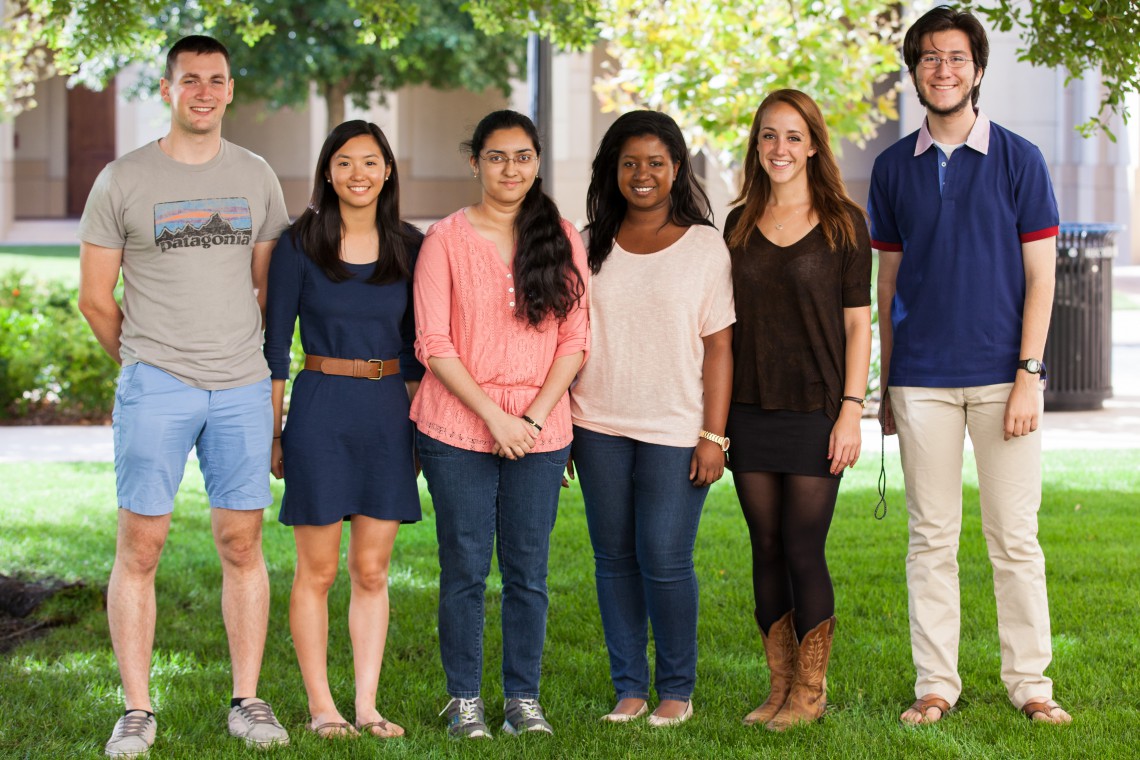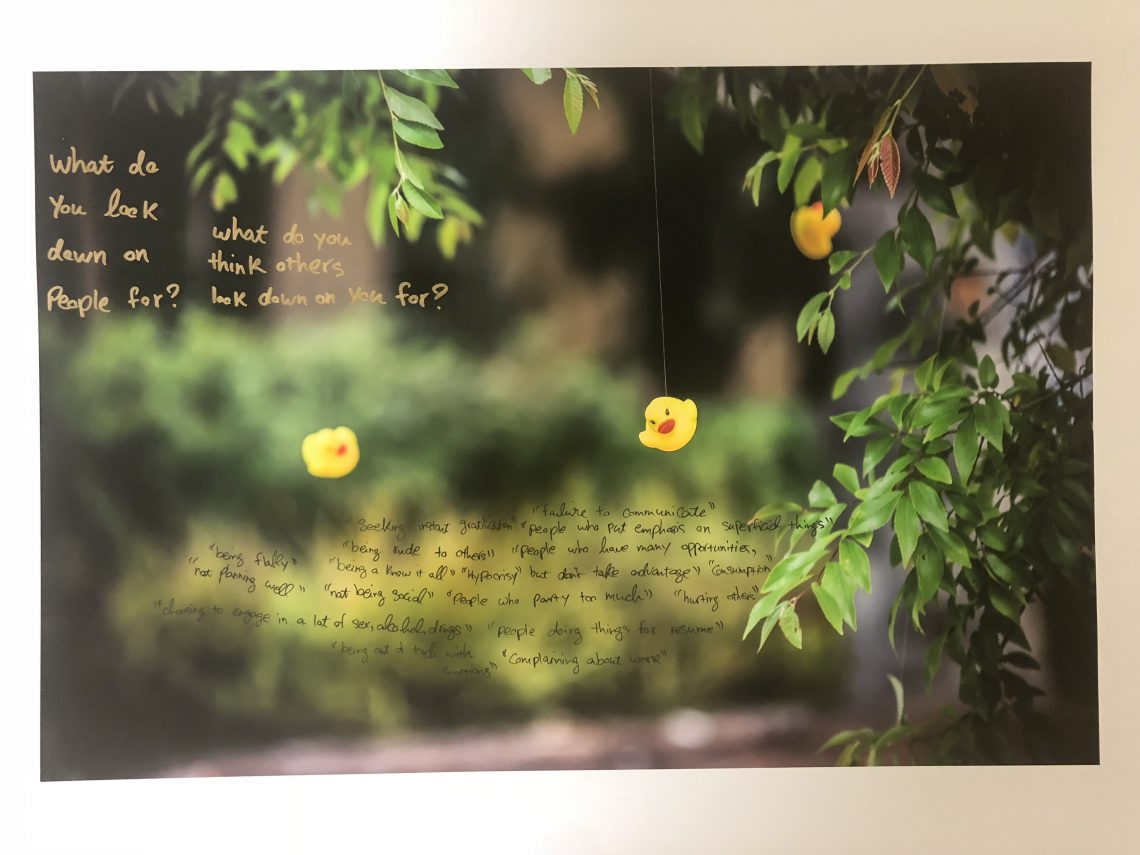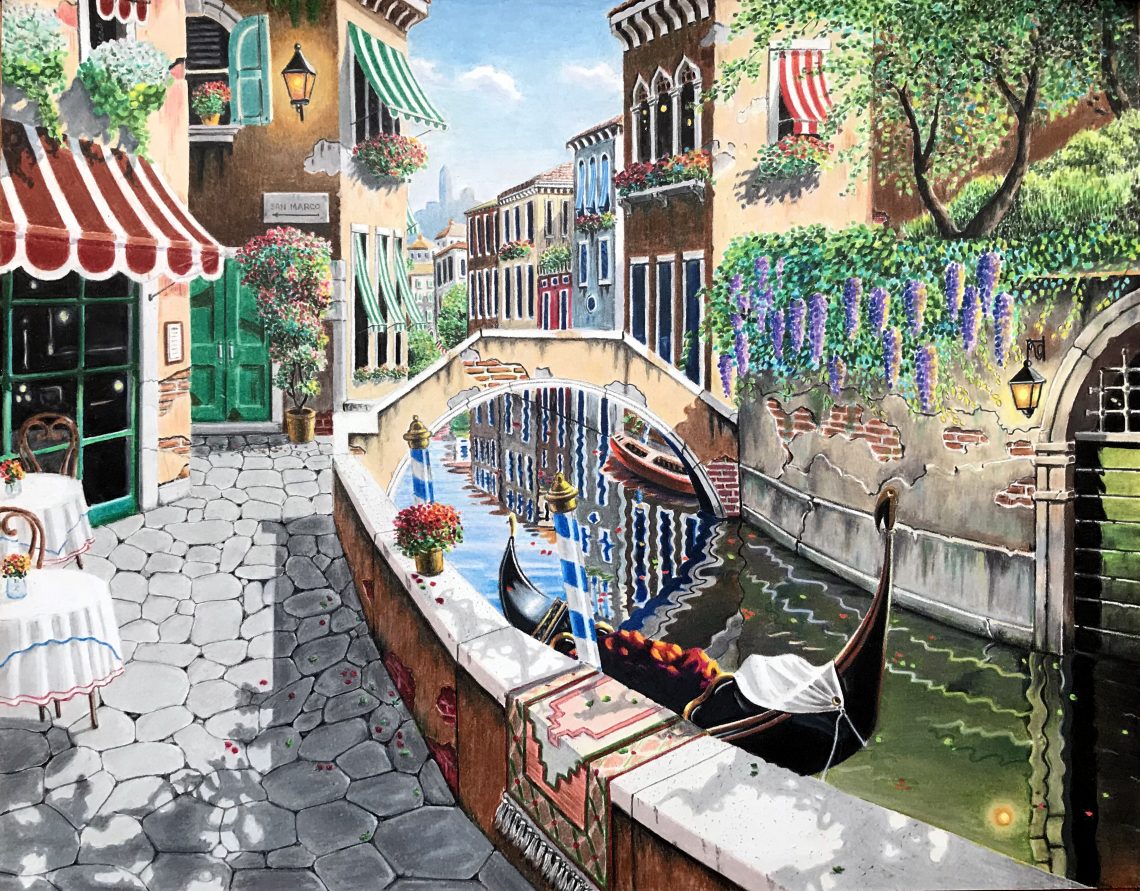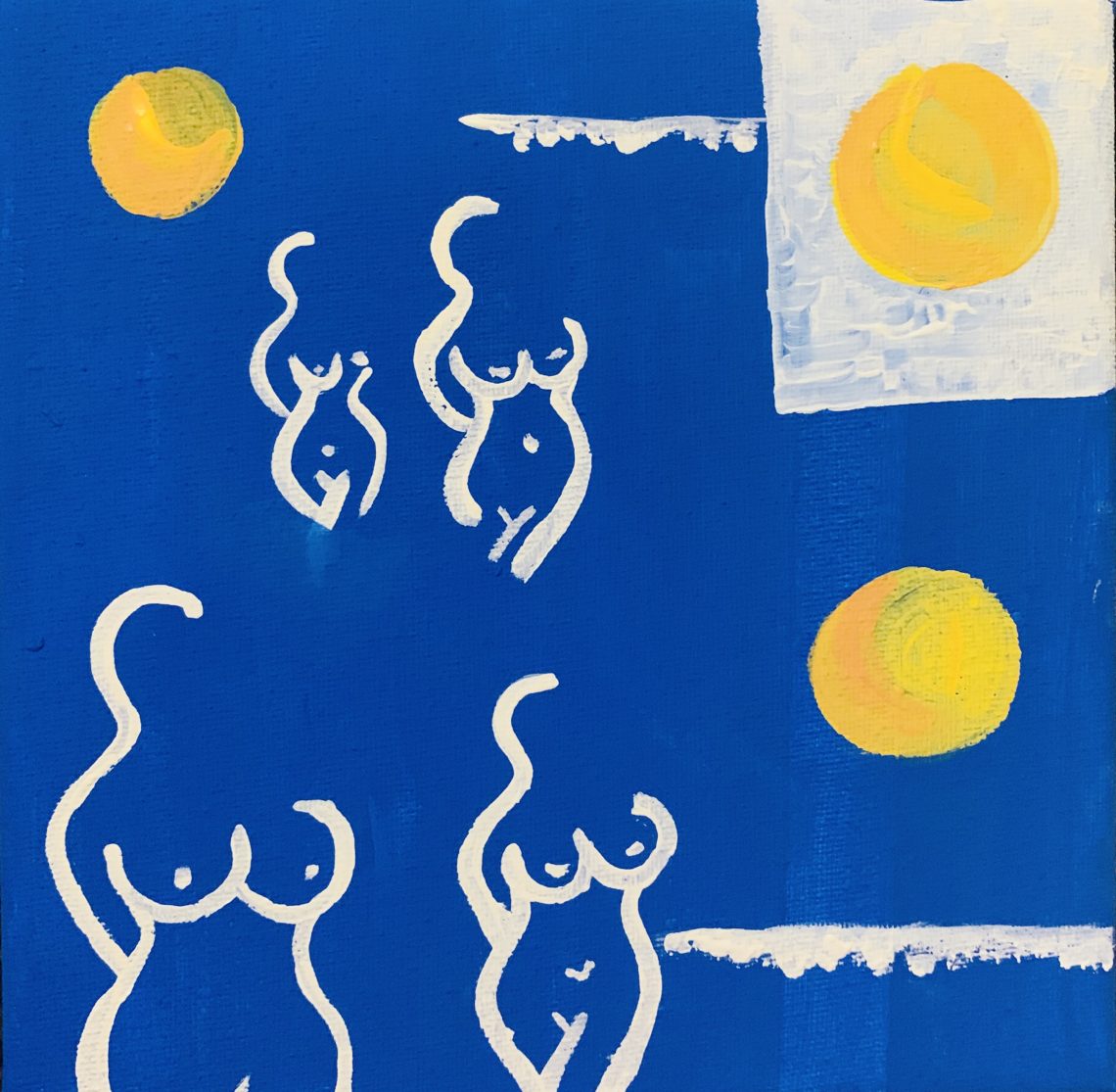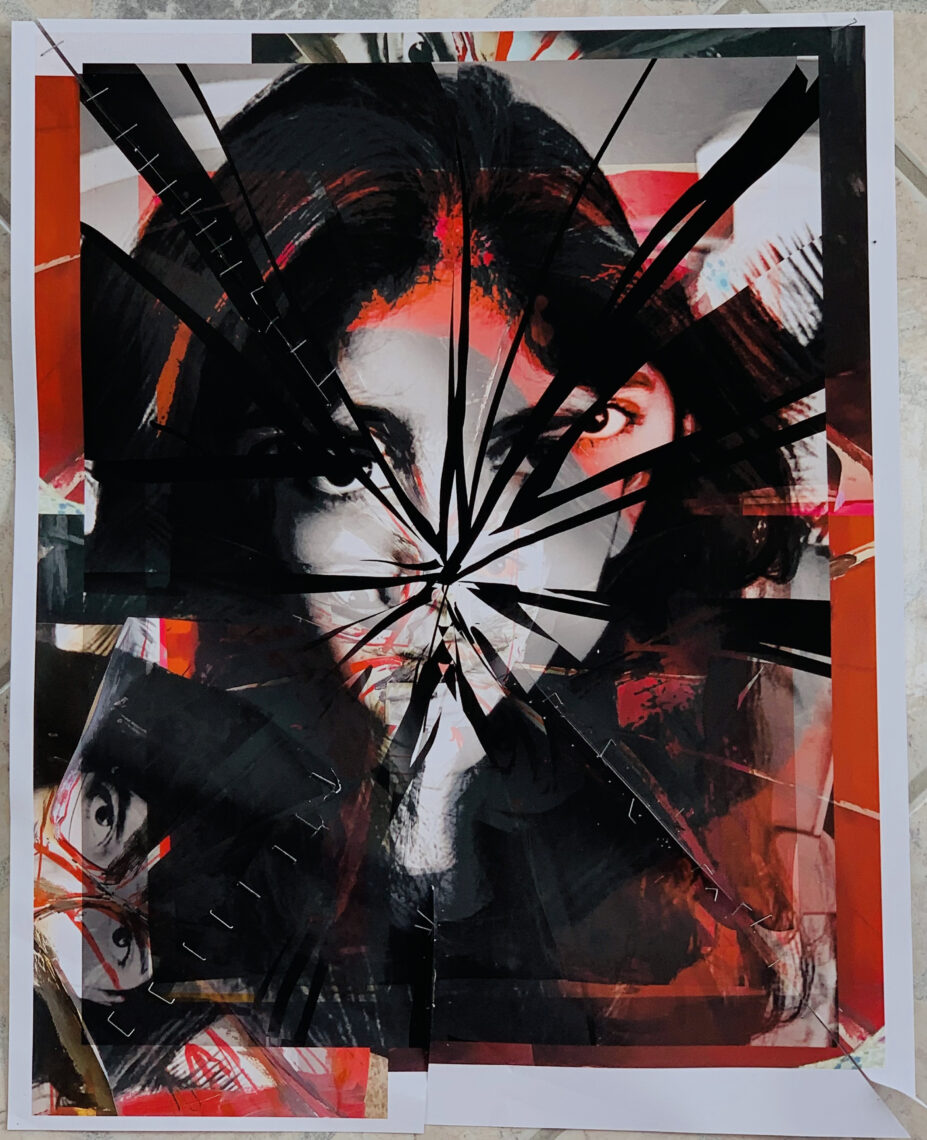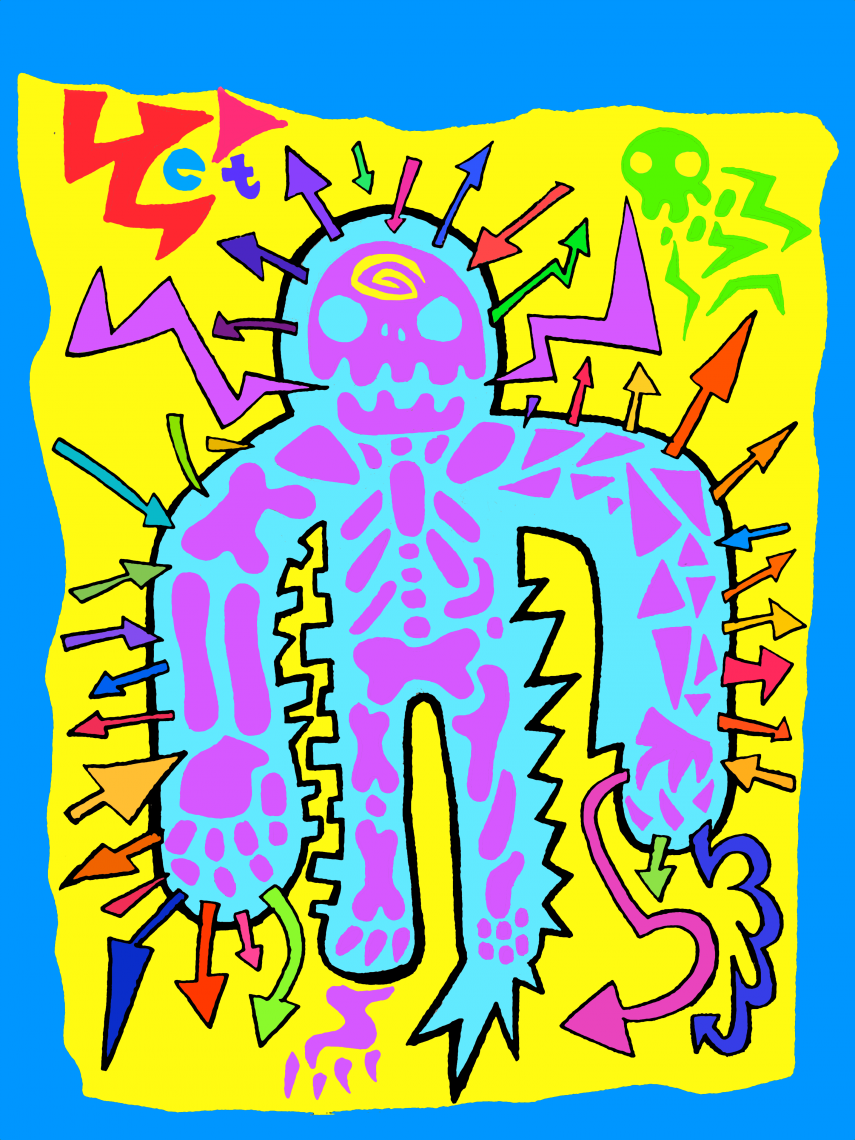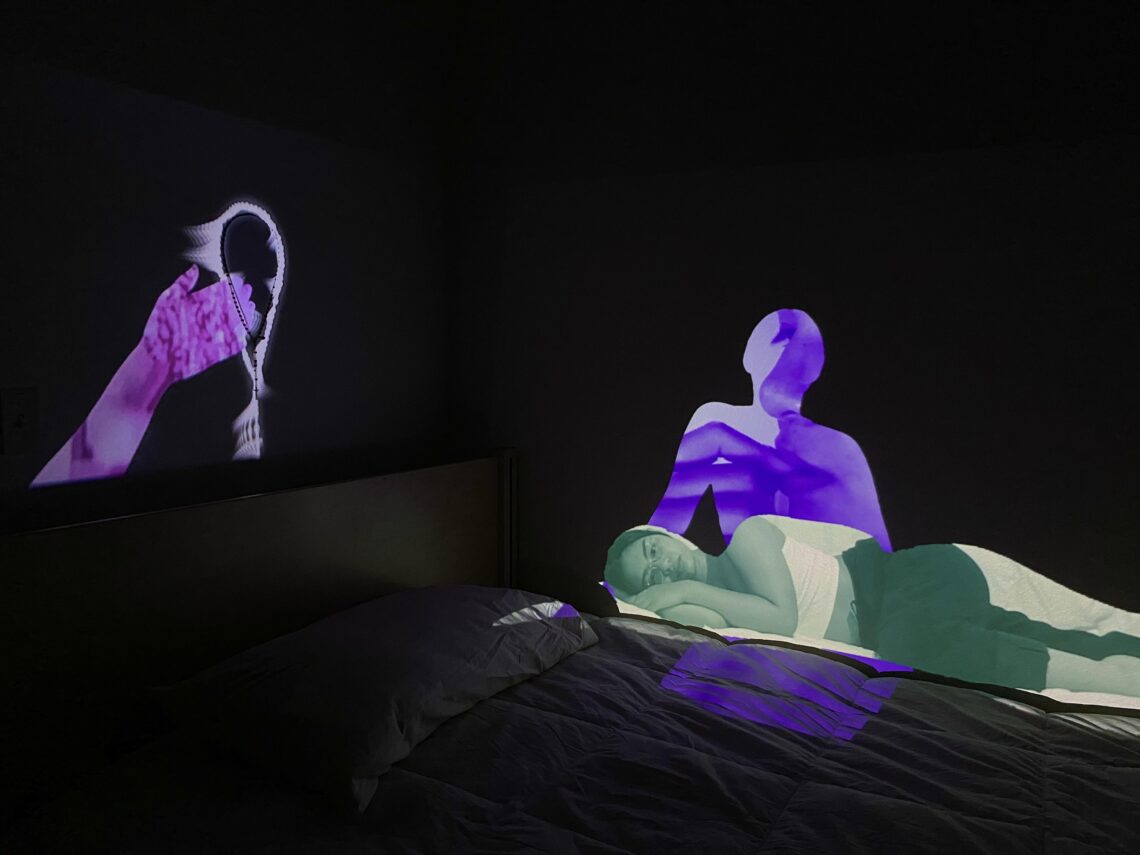Introducing the Interdisciplinary Honors in the Arts Program
Twelve inaugural students add a creative dimension to their Stanford education.
The Stanford Arts Institute is bringing to Stanford’s campus a program unlike any other. Meet the Interdisciplinary Honors Program, Honors in the Arts, which provides an opportunity for students of any major to complete a capstone project that brings a student’s experience in another discipline together with artistic endeavor.
Conceived by Executive Director of Arts Programs Matthew Tiews and Faculty Director of the Stanford Arts Institute Stephen Hinton, Honors in the Arts launched this fall. Discussion between the two began a year ago, and the faculty senate approved the program at the end of May 2013.
“Our goal with this program is to support Stanford students in engaging more meaningfully with the arts,” said Tiews. “We have many students who are arts majors, but we have many more who are not arts majors but are interested in the arts and want to be able to bring that fully and integrally into their Stanford education. This seemed like the right way to strike that balance, where students have something significant in their Stanford education that engages with creativity.”
The key to the program is creating an opportunity for extended creative project development with mentorship as well as the acknowledgement from the university that comes with the conference of honors.
“We see Honors in the Arts in relation to other integrative things that we do, but specifically with respect to integration into the curriculum,” said Hinton. “We’ve made it something that belongs on a student’s transcript.”
During an information session in June, Hinton emphasized the importance of the arts within the classroom as well as outside. “There is a large discussion going on nationwide about the representation of creativity in the academy. We support the work that students can do in a curricular sense, not just extracurricular,” said Hinton.
The program is modeled partially on the biology major’s successful Senior Reflection program, in which students pursue creative capstones to supplement their major coursework. Tiews and Hinton wanted to create an artistic capstone experience that was available to all majors. Through conversations with The Andrew W. Mellon Foundation, they honed the Honors in the Arts program further, and the foundation granted support to the program for its first four years.
Structure
The Honors in the Arts program structure caters to both arts and non-arts majors. Arts majors whose honors projects will include another arts discipline, such as a theater major stepping into a museum to do a performance art piece, and non-arts majors whose studies lie at the intersection of their field and the arts are encouraged to participate. The program brings students’ academic expertise into contact with art making or study.
The program’s nuts and bolts consist of three introductory or preparatory courses to be completed before applying, a yearlong workshop during the senior year, and a senior capstone project. Students will receive a range of advising, from an individual advisor to their workshop leader to the peer who will encourage and critique their ideas during the workshop sessions.
“Students have the opportunity to get lost and get scared, to get into the projects,” said Andrew Todhunter, Associate Director of the Honors in the Arts. “Then there’s enough time to get out of the woods and make it all come together.” To receive Honors recognition, students must be awarded a grade of A- or higher on the final evaluation of their capstone projects.
Students will receive quarterly feedback from a rotating panel of experts from the Stanford community and beyond and will engage with visiting artists throughout the academic year.
Tiews is excited about the inaugural batch of a dozen students . “At the end of the academic year we want to see twelve really excellent, successful projects that come from different disciplines,” he said. “We hope the students who have done those projects feel like they’ve been able to synthesize their work in a different way because of the opportunities afforded by this program and they’ve gotten a new aspect of their education.”
The creative dozen
The inaugural cohort was selected during Summer 2013 and are pursuing projects including novel, screenplay, and short story writing; jazz composition; original performance productions; visual interpretations of the stories of disease; interactive digital constructions; and research in arts administration and organizational theory.
- Kurt Chirbas is a senior from Granite Bay, California, pursuing a double major in economics and English. He is a student research assistant at the Hoover Institution, and a senior staff writer at The Stanford Daily. He spent this spring studying abroad at the University of Oxford, and this summer working at The Sacramento Bee as a reporting intern.
- Tiffany Dharma is pursuing a B.S. in computer science with a specialization in bioinformatics. Although much of her background is in technology and healthcare, the New York Arts Immersion program rekindled her commitment to the arts. At Stanford she has explored these interests by conducting research in human-computer interaction, volunteering as an EMT, and working at the Cantor Arts Center.
- Caitlin Fong is a senior studying Political Science and Communication, focusing on political communication and media in American government. She is also heavily involved in student theater as the Executive Producer of Ram’s Head Theatrical Society, Stanford’s oldest and largest student-run theater organization. From Columbus, Ohio, Caitlin enjoys reading, watching musicals, and spending time outdoors.
- David Grunzweig is a senior in the Electrical Engineering department with a concentration in Audio Engineering. He transferred to Stanford from the Naval Academy last year. He studies both classical and jazz guitar and has worked as a hip-hop producer, electronic music producer, and studio engineer for the past two years.
- Andrea Hinton is a senior studying Chemistry with a concentration in Biochemistry and will also earn a minor in Creative Writing. She has spent her time at Stanford exploring the intersection of science and the humanities and aims to work in health care reform after earning a medical degree. In her spare time, Andrea enjoys playing the piano and traveling.
- Raymond Jeong is a senior majoring in English. Since the first movie that he watched, he has been called Crazy Dinosaur. “Dinosaur” because, well, he loved dinosaurs and “Crazy” because he physically acted out his imagination. To avoid being institutionalized, Raymond has had to repress Crazy Dinosaur, but he keeps him alive by writing and directing movies.
- Maia Kazin is a senior majoring in Anthropology. She conducted fieldwork in Cape Town, South Africa in the summer of 2013, focusing on narratives of quality of life in the area’s largest township. She is a proud member of the Stanford Improvisers and the on-campus theater group, The Freeks.
- Tina Hanaé Miller was born and raised in Miami. She studies anthropology and creative writing. Her first love is poetry; her true love, music.
- Lakshmi Prathivadi is pursuing a Management Science and Engineering major and a Creative Writing minor. She first developed her zeal for writing in fourth grade and has since completed many creative writing projects, including a published novel. She is involved in SASE, Green Store, and other clubs on campus, and has a passion for Indian Carnatic vocal music.
- Anne Rempel has taken several art and art history courses while at Stanford and completed a SPARK! Arts Grant last winter to share the stories of homeless individuals through a series of eye portraits in oil on wood. When not grappling with issues surrounding preventive health or spending time in the studio, Anne can be found playing ultimate frisbee or hanging out in the Synergy kitchen.
- John YangSammataro is a pursuing a BS and MS in Computer Science with a systems concentration. When not running around Silicon Valley leading BASES (the Business Association of Stanford Entrepreneurial Students), he can be found pounding keys in the Gates Computer Science Building. In his spare time, he peruses maps and Sapphic poetry as a hopeless romantic.
- Alexandra Simon is majoring in English with a Creative Writing emphasis, and is minoring in Film Studies. She believes that personal storytelling is one of the most compelling and resonant forms of education and expression, and her favorite forms of storytelling involve a camera. She hopes to pursue a career in television development when she graduates in the Spring.





